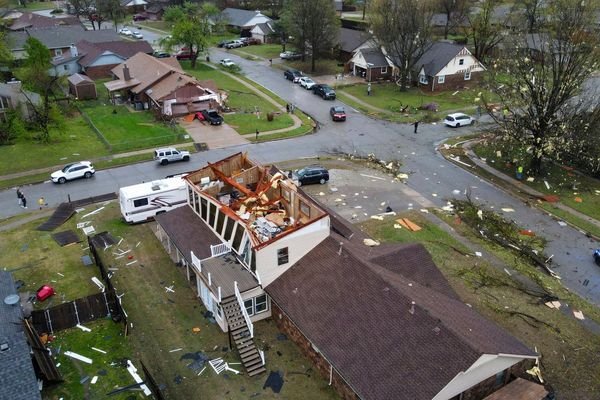
Learning how to get your home ready for emergencies is the best way to beat panic and fear when things go wrong without much warning. As they say, it's better to be safe than sorry.
I’ve asked plumbers, risk management experts, and electrical pros how to prepare for weather-related issues such as snow and storms, as well power problems and heating faults.
They’ve shared six top tips you can put into practice easily, as well as revealing useful products worth stocking to prepare your home for extreme weather or infrastructure challenges and outages.
How to get your home emergency-ready
While you won’t be able to complete all these fixes in a day, it is worth penciling in time to systematically do them. No matter if you’re preparing for a power cut or preparing for hurricane season, our experts have you covered for all kinds of emergencies.
1. Backup or alternative power sources
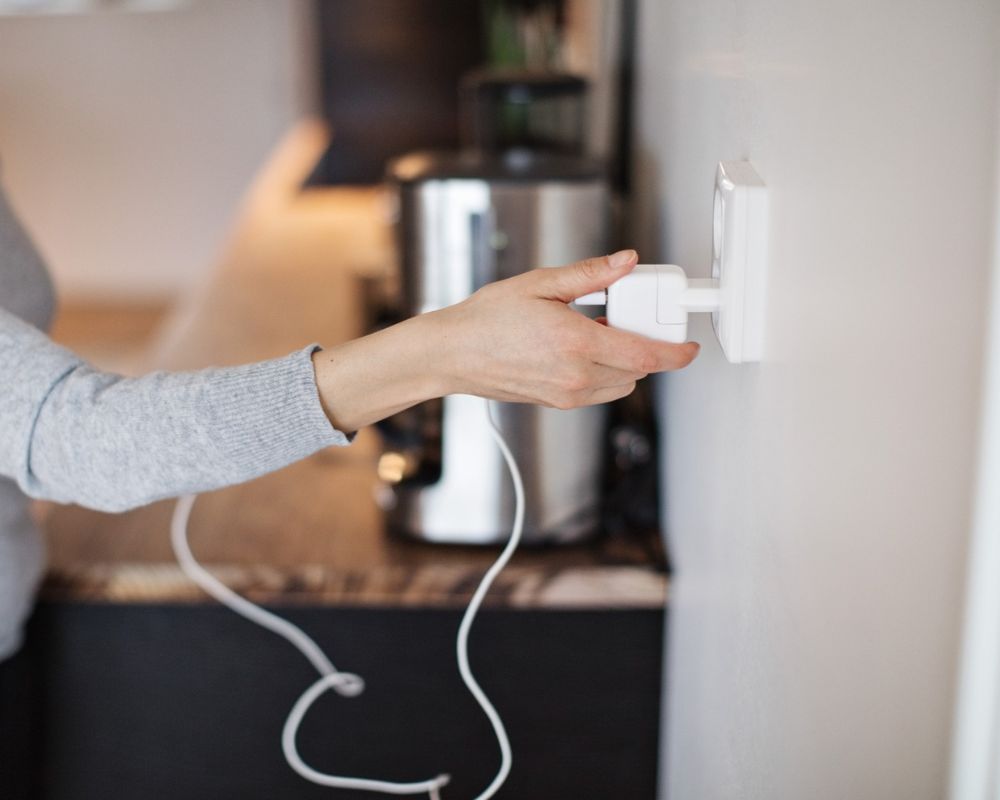
Power outages can be caused by accidents, natural disasters, infrastructure challenges, equipment failures, and can be mighty inconvenient, which is why it's vital to prepare yourself and your home for a power outage.
‘They can cause the home temperature to drop and food spoilage because the home is no longer receiving electricity,’ explains Joel Worthington, president of Mr. Electric, a Neighborly company. ‘Being prepared with standby or stand-alone generators means electrical equipment like HVAC units, heaters and refrigerators can still operate during a power outage’
Our expert guide on how to hook up a generator to your house will help you do so safely ahead of things going wrong, saving you from cutting corners out of desperation in an emergency. Or, you can call a pro.
Joel continues, ‘Whole-home generators can help ensure electricity is supplied to the home during outages. Homeowners can have them installed by a professional electrician to help the home handle severe weather conditions.’
Either way, it is a good idea to invest in a high-quality generator, such as the Westinghouse portable generator from The Home Depot, which can operate on gasoline, propane (LPG), or natural gas.
Extreme weather can also cause power surges, which can lead to damage to sensitive electrical items. ‘Whole-home surge protection can help keep sensitive electronics safe from power surges,’ Joel says.
He recommends making sure you have hand-crank radios, portable chargers, surge protectors and a backup generator. ‘It’s also important to test the backup generator prior to storms and potential outages,’ Joel adds.
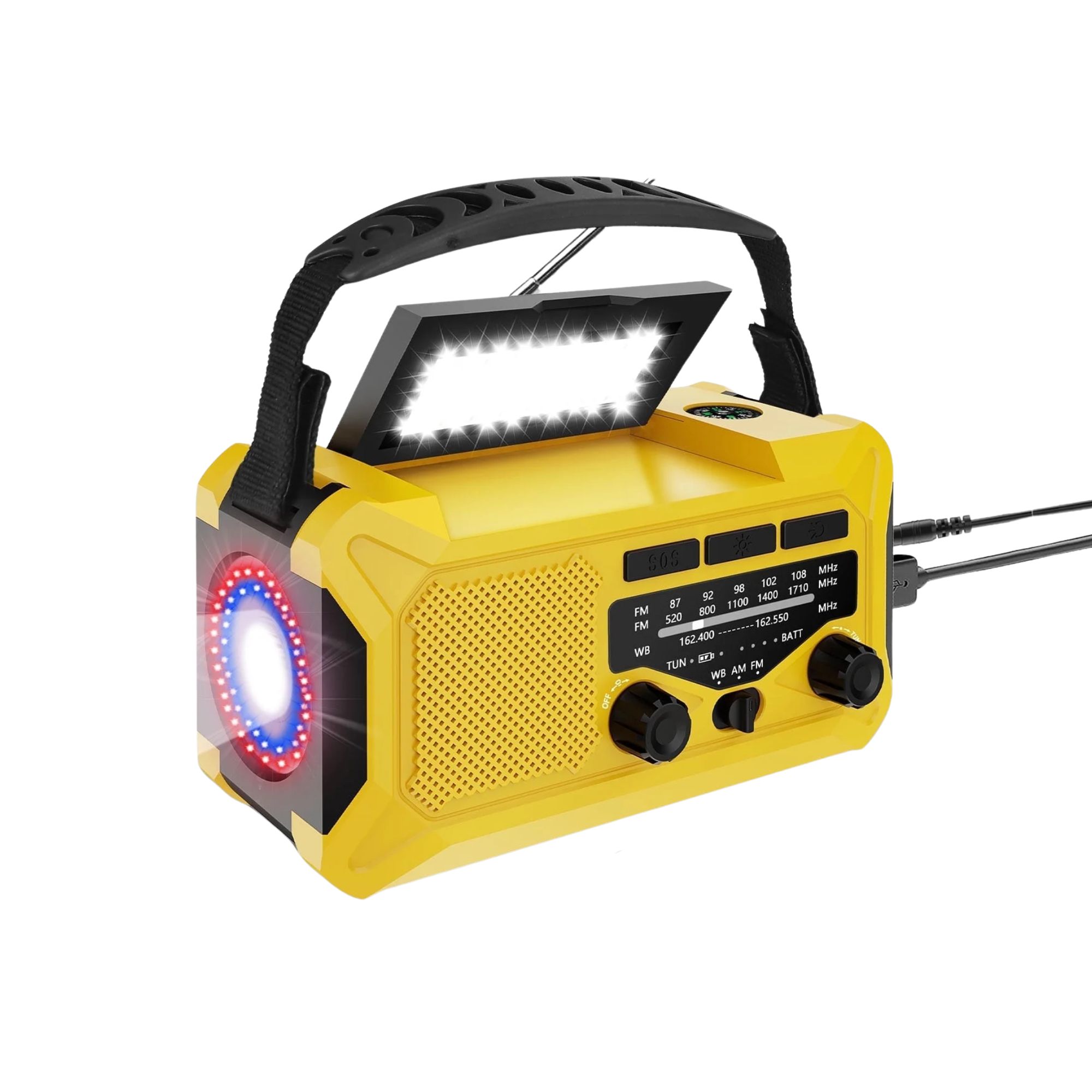
It's fair to say that this hand crank emergency radio has it all. As well as being able to receive NOAA and AM/FM signals, it has a thermostat, compass, and LED flashlight with a reading light.
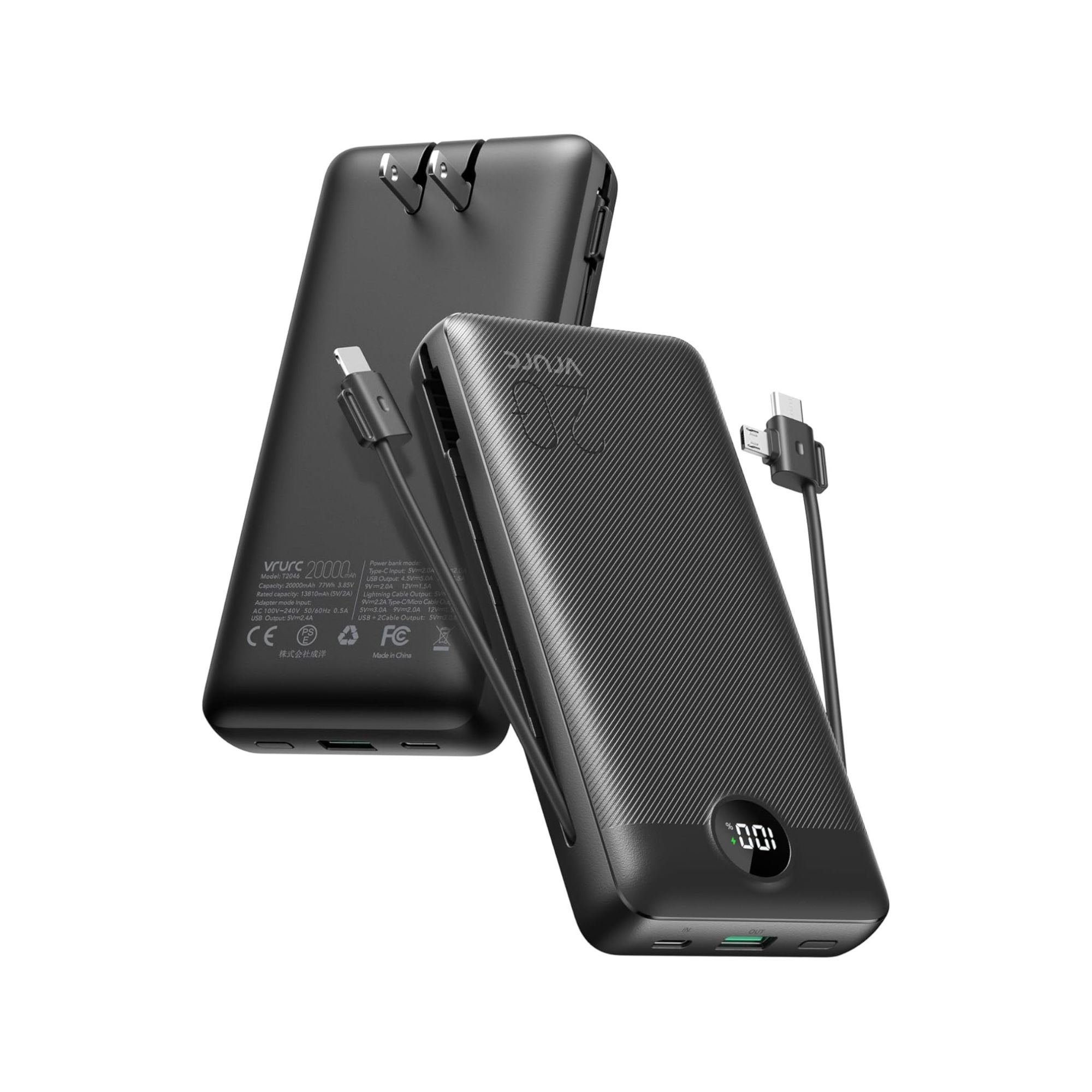
This is the portable charger I have and I can confirm it is powerful, lasts ages, and is lightweight enough to carry easily on the go. I've had it for three years and have lent it to friends and train strangers. They always ask me where it is from, and now you know, too.
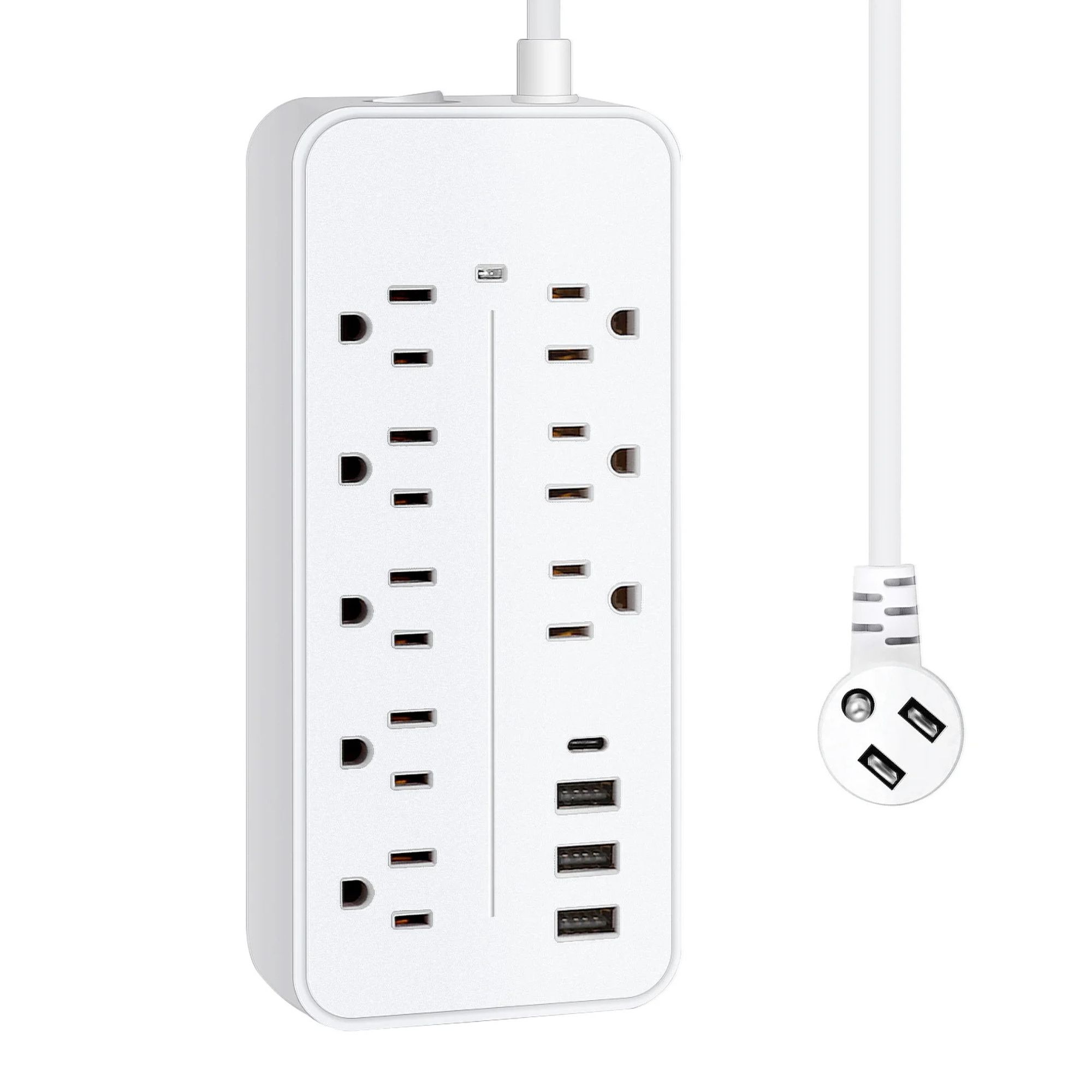
Not only is this a surge protector, but it also comes with eight AC outlets and three USB charging ports – including one that is USB C. It also lies flat, meaning it will fit snugly into small gaps and spaces. Plus, if the power load exceeds 15A/1875W, the circuit breaker will trip, automatically to keep your device safe.
2. Alternative fresh water supply
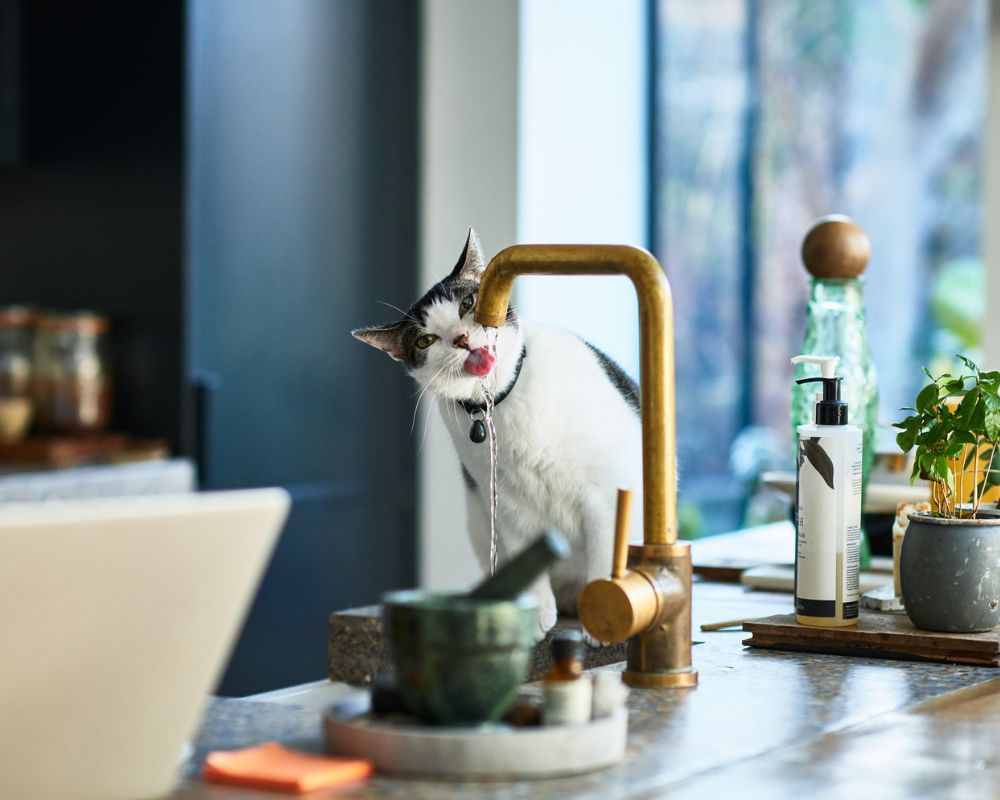
Preparing your home for a water supply outage isn't the only related water issue to think about.
A leak of water can cause a lot of damage to your home – whether it enters after a bad spell of rain or after flooding. It can leave your home at risk of mold, wood rot, warped floors, as well as damaging furniture and belongings. It also goes without saying that it can wreak havoc on electrical systems and compromise the air quality in your home.
‘Water damage can quickly spread, costing thousands of dollars in repairs. From a plumbing perspective, the biggest risks of not being prepared can include bursting pipes, sump pumps not working, and the potential for flooding,’ says Matt Kunz, president of Mr. Rooter Plumbing, a Neighborly company.
Installing a flow-based leak detection system with an automatic shut-off valve can prevent extensive water damage. ‘These devices detect leaks early and automatically shut off the water supply to prevent flooding.’ explains Diane Delaney, executive director at the Private Risk Management Association. ‘As well as this, they can also monitor both the volume and amount of time water is moving through pipes.’
For example, the YoLink FlowShield water meter from Walmart has automated valve control, leak detection, and even comes with an app for easy control.
Matt also recommends knowing where your water shut-off is located in case you need to turn off water to the home. You can also look at backyard drainage solutions to help mitigate flooding further.
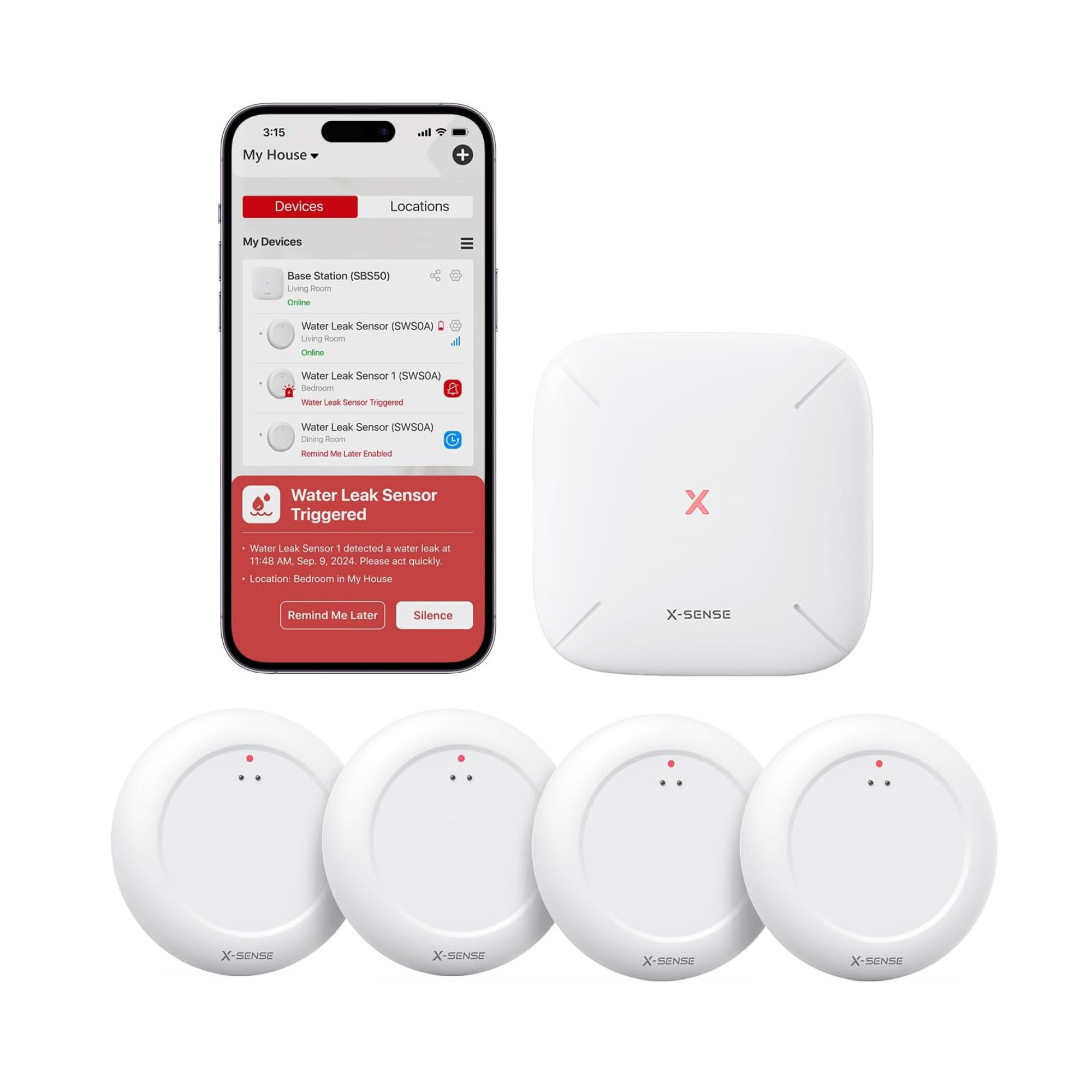
This detector makes staying on top of leaks super easy. It is unwired and a chic, sleek design, making it a breeze to install and blend into your home decor. When a leak is detected, a push alert will be sent to your phone from the app, meaning you can take action in a home emergency quickly.
3. Standby heating options

There’s nothing worse on a cold day or evening than having the heating stop working. Blocked vents, low boiler pressure, and faulty thermostats can all be the culprit of this, as well as other wider issues in the infrastructure which is why you need to know how to heat your home when things go wrong.
‘I recommend always setting your thermostat 3-5 degrees higher than your usual temperature,’ says Justin Cornforth, CEO at Ace Home Co. ‘This helps store extra heat in your walls and floors, so if your heating fails, your home stays warmer for a longer time.’
This tip is especially helpful if you have older insulation or drafty windows. Where you place your thermostat can either compromise or bolster your home's temperature and ability to heat up properly and store those extra degrees.
If your home has power but no heat, Joel also says that space heaters can temporarily provide heat – though they do work best in small spaces and you'll need to avoid space heater mistakes to stay safe during usage.
When shopping for one, make sure to look for heaters that are cost-effective to run and highly-rated – for instance, the KissAir space heater from Walmart has been given over 2,000 five-star reviews from shoppers who love its auto shut-off feature, its nifty size, and how warm it gets. Space heaters are also useful to have when winterizing a home.
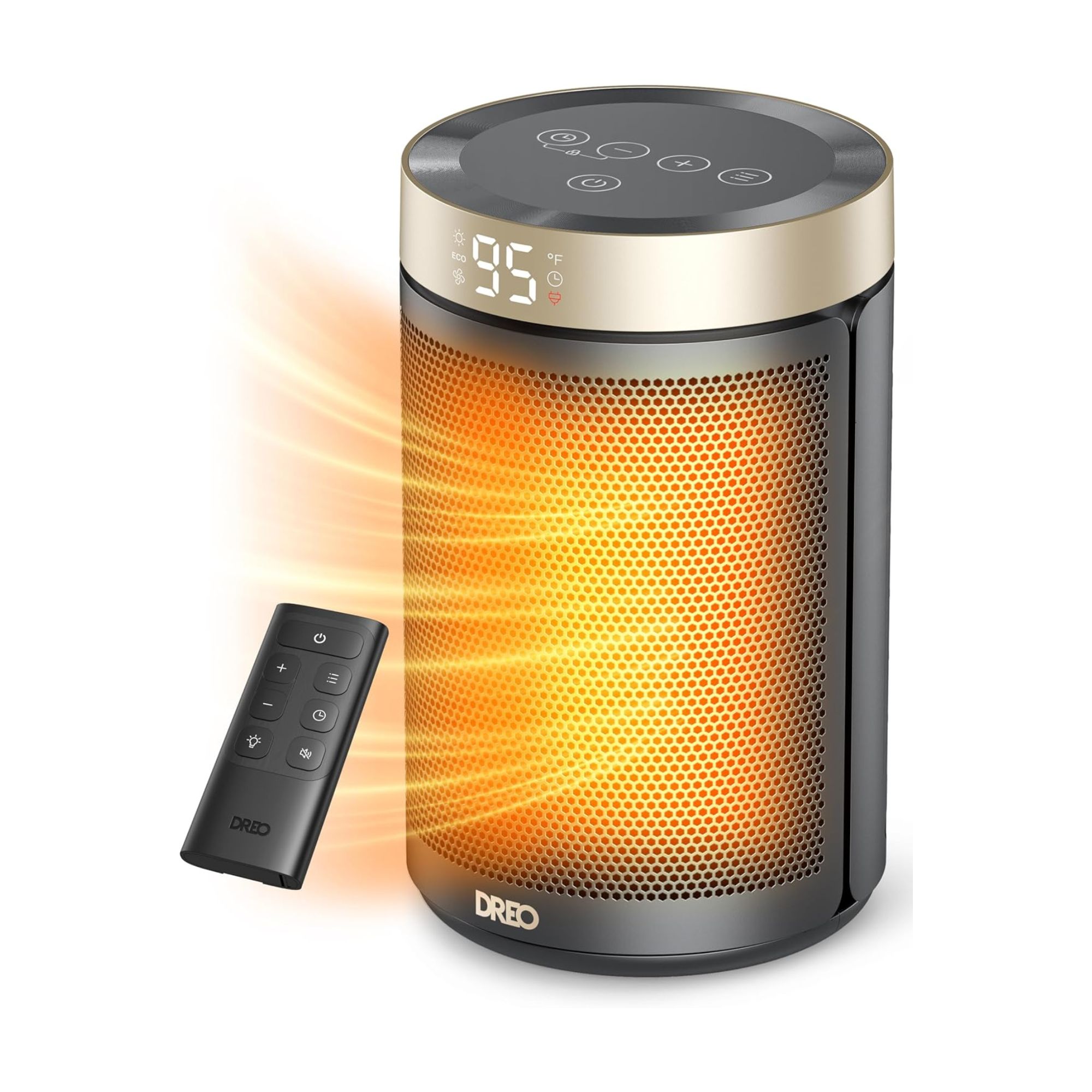
This sleek space heater is proof that you don't have to compromise on getting both style and warmth. It has 1,500 watts, and only 34dB of noise. For those with little ones, its child lock and 12-hour timer are useful safety features.
4. Stormproofing
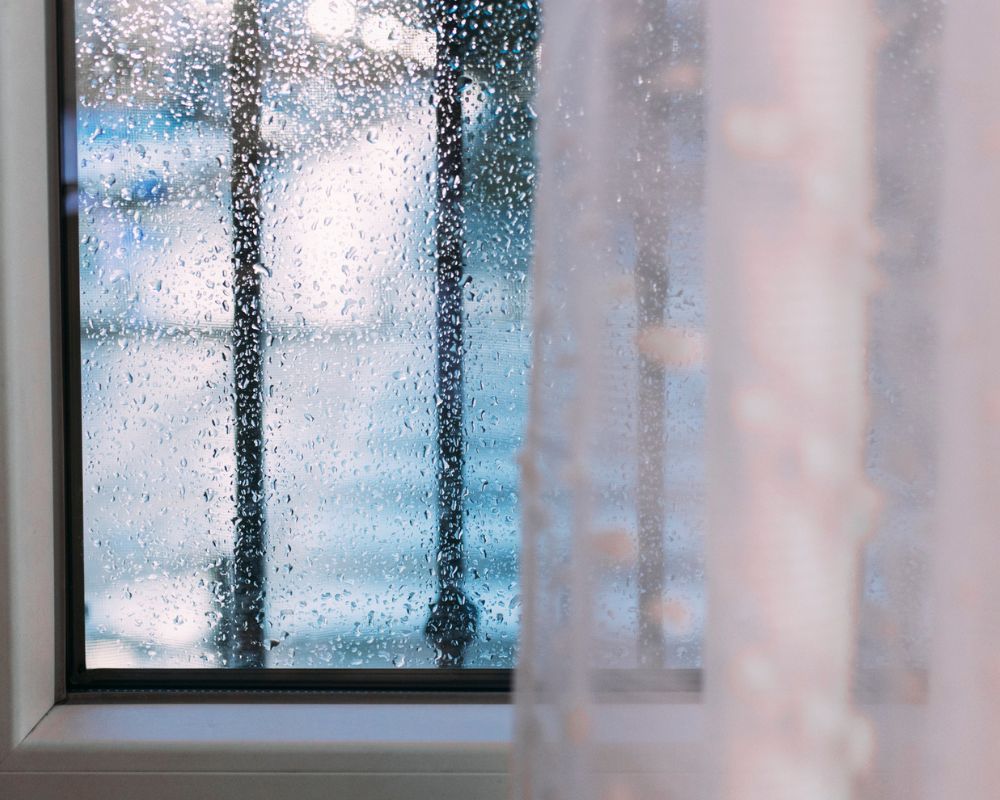
Similar to prepping for power outages, having a stay-at-home kit will come in handy when preparing your home for thunderstorms. Make sure to have food and water, as well as power banks and batteries, stored in an airtight box, such as the Iris Ohyama storage boxes from Amazon, which are stackable and made from BPA-free plastic.
Outside the house, having covers for outdoor AC units ready can be a great idea – if you choose the right ones.
'You might hear that it’s not recommended by experts to use covers for outdoor AC units, as they are too tight and restrict the airflow, leading to rust and mold growth on the unit parts,’ says Justin. ‘However, a sturdy cover for your AC unit is a must during storms.’
Instead of using plastic or cloth covers, use wooden or metal covers with slatted walls. ‘These will allow proper airflow – just make sure they also have sturdy lids, as these will protect the unit from flying heavy objects without restricting airflow,’ he adds. You can get this tailored to your home and installed by a professional.
AC unit covers will also come in handy when preparing your house for hurricane season.
5. Wildfire safety measures
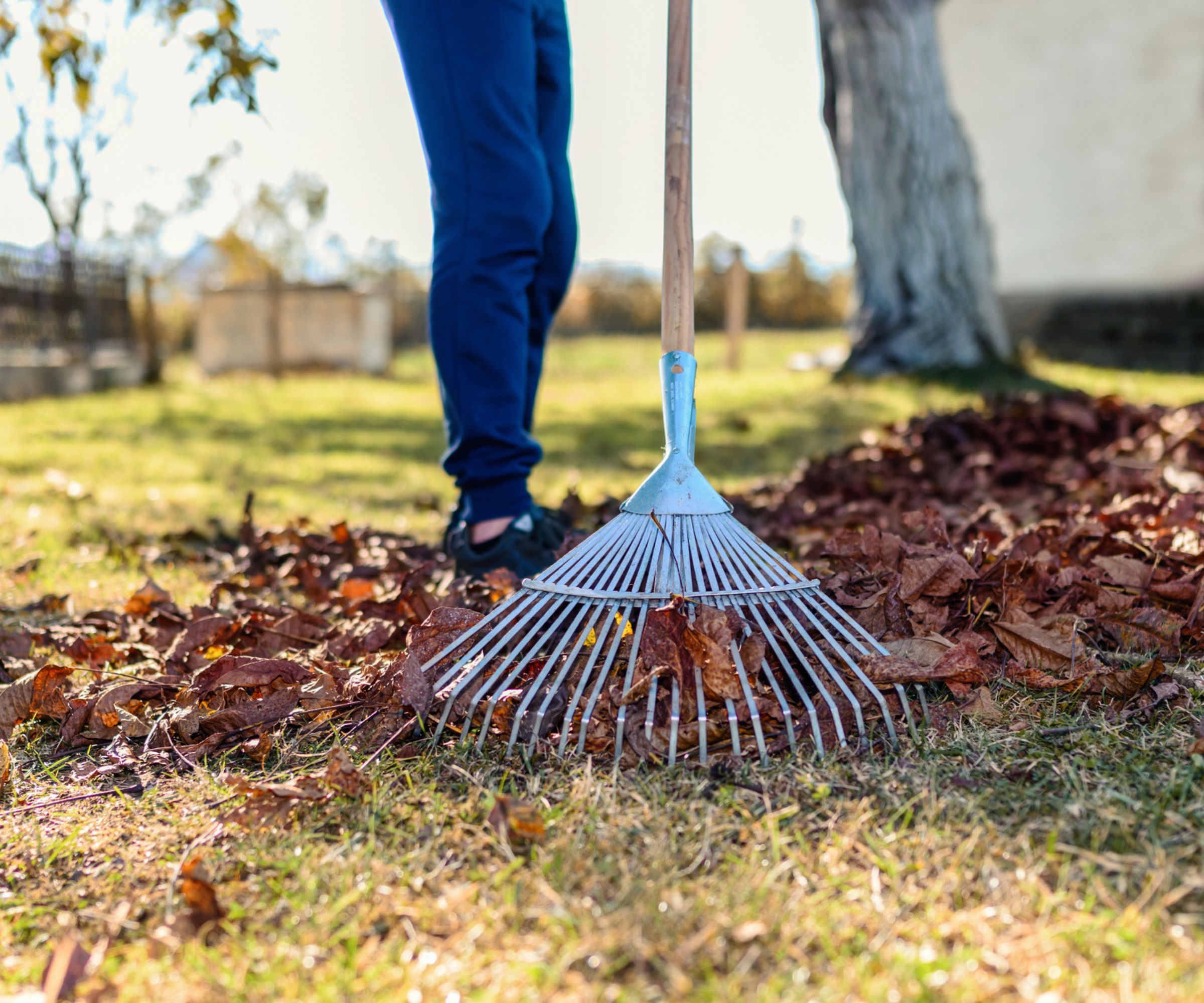
Wildfires are extremely dangerous – and while you can’t prevent these happening, there are certain measures you can take to reduce the devastating damage these can cause.
‘Installing fire suppression systems, such as sprinkler systems, can help control fires before they spread, providing critical time for those inside to evacuate the home safely and for emergency services to arrive,’ says Diane Delaney.
She also recommends regularly clearing brushes and mulch within 10 feet of the home, as this will reduce the fuel for them and create a defensible space around the property.
You can do this with a quality rake, such as the Expert Gardener wood and poly leaf rake from Walmart, which has an ergonomic handle and is easy to clean.
6. Snow protection
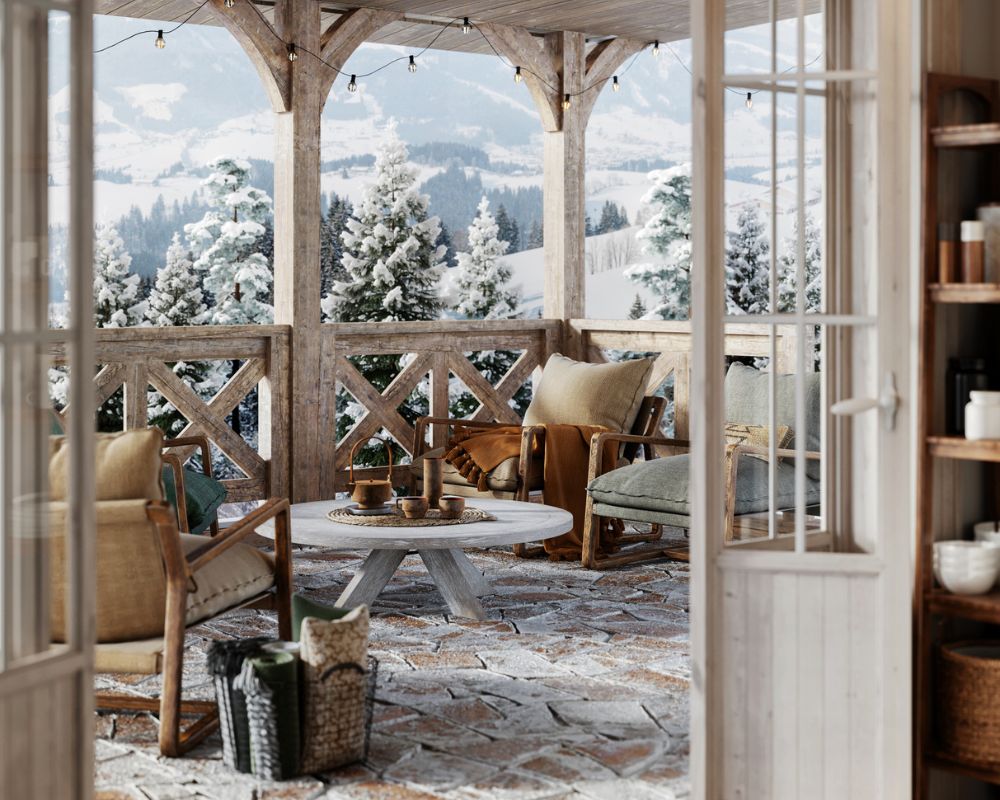
Frosty temperatures and a deep dusting of snow can do more harm than just making you shiver. ‘Homeowners should have pipes insulated and cover outdoor spigots to help prevent freezing,’ says Matt Kunz.
If you're worried about your pipes freezing, Justin Cornforth recommends buying pipe heating cables, which are available at Amazon. ‘You just wrap these electric cables around your pipes, and they keep them warm even in really cold weather,’ he explains. ‘They're great for those problem spots where insulation alone isn’t enough.’
It’s also a good idea to make sure that you have plenty of blankets and sweaters out of storage in colder months. When the weather is warmer, you can safely store out of season clothing away in vacuum storage bags to stop them from taking up so much space. The Boxlegend bags from Walmart are super spacious and come with a lifetime guarantee.
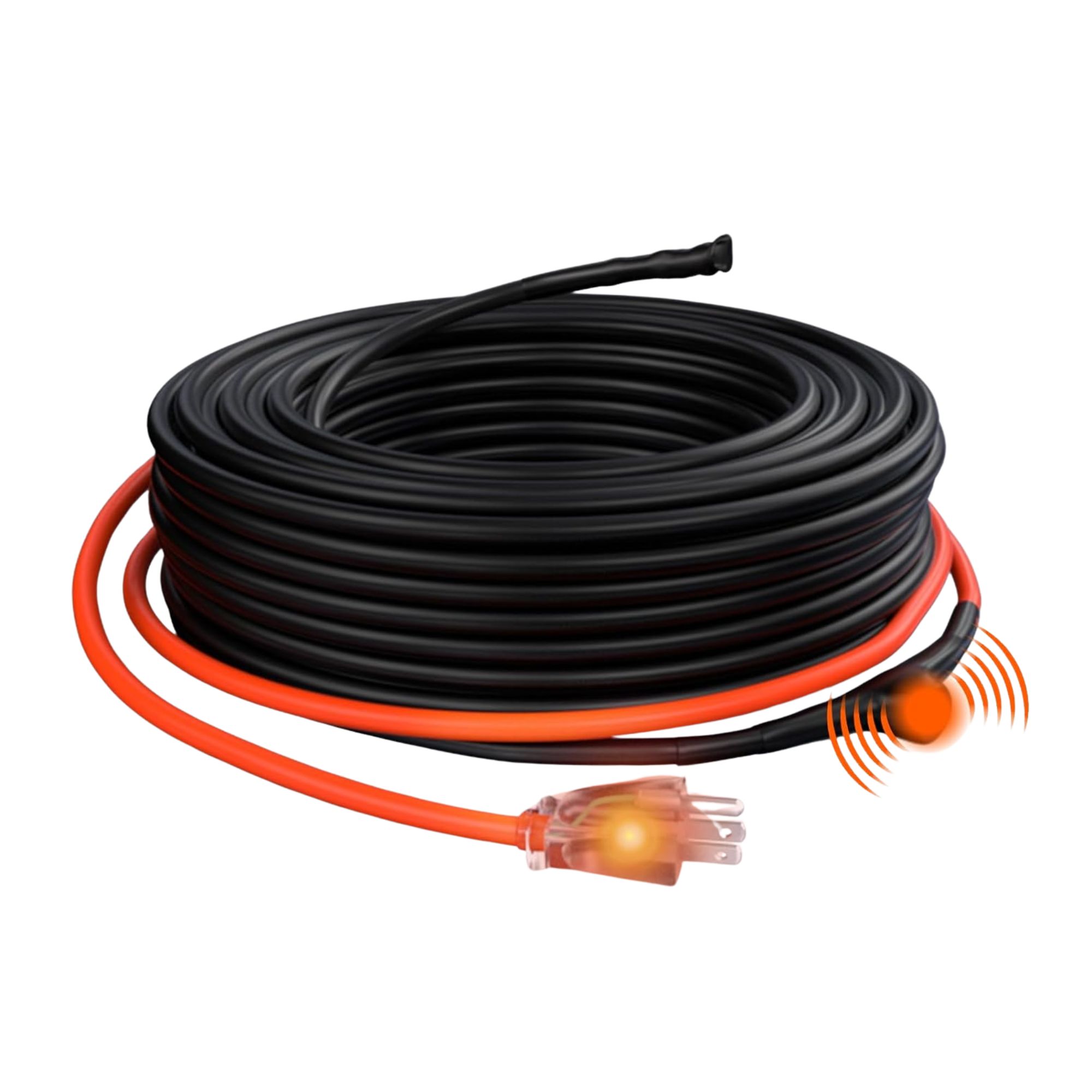
Justin Cornforth recommends these cables from Amazon, which come pre-assembled and even have a built-in thermostat. The beauty of these is that they’re not expensive and super easy to set up. They are also compatible with a variety of different pipe materials.
Meet the experts
These expert-approved tips aren’t quick fixes, but by taking the time to do each one, you’ll ensure your property is ready for anything.
Want to prepare your abode for other occurrences? Learn how to future-proof your home for later life, and learn from survivalists on cooking when the power and gas is out.




